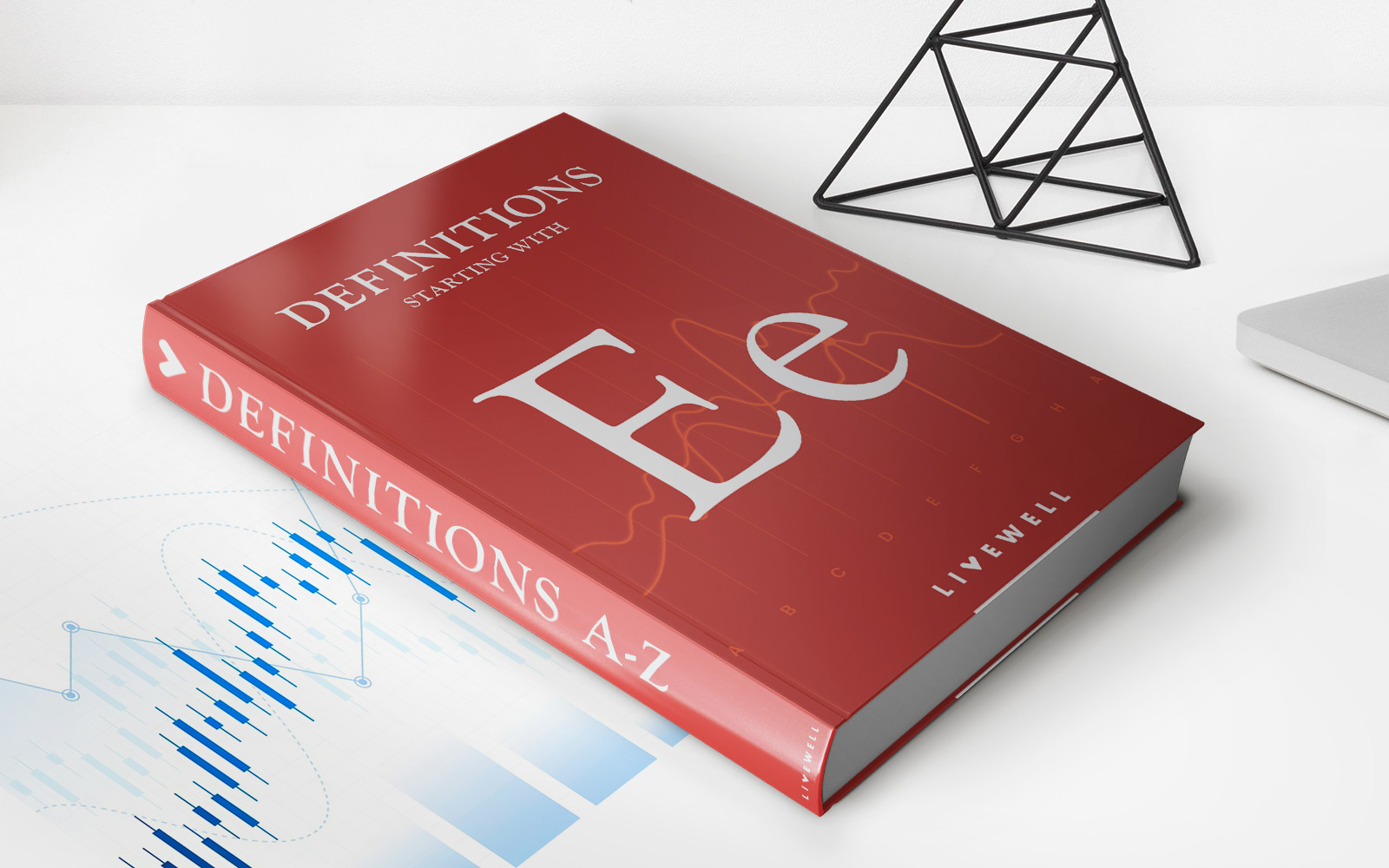Home>Finance>Extrinsic Value: Definition, How To Calculate, And Example


Finance
Extrinsic Value: Definition, How To Calculate, And Example
Published: November 21, 2023
Learn about the definition and calculation of extrinsic value in finance, along with an example. Understand how to assess the value of options and derivatives.
(Many of the links in this article redirect to a specific reviewed product. Your purchase of these products through affiliate links helps to generate commission for LiveWell, at no extra cost. Learn more)
Understanding Extrinsic Value in Finance
Have you ever heard the term “extrinsic value” in the world of finance and wondered what it meant? In simple terms, extrinsic value refers to the additional value that an option has beyond its intrinsic value. Options are financial derivatives that give investors the right, but not the obligation, to buy or sell an underlying asset at a specific price within a certain time period. The extrinsic value of an option is influenced by factors such as time to expiration, volatility, and interest rates.
Key Takeaways
- Extrinsic value is the additional value of an option beyond its intrinsic value.
- Factors that affect extrinsic value include time to expiration, volatility, and interest rates.
Now, let’s dive deeper into the concept of extrinsic value and how it is calculated.
How to Calculate Extrinsic Value
To calculate the extrinsic value of an option, you need to subtract its intrinsic value from its total value. It’s important to note that the intrinsic value of an option is the difference between the current price of the underlying asset and the strike price of the option.
Here’s the formula to calculate extrinsic value:
Extrinsic Value = Total Value – Intrinsic Value
For example, let’s say you have a call option on a stock with a strike price of $50. The current price of the stock is $55, making the intrinsic value of the option $5. If the total value of the option is $7, then the extrinsic value would be:
Extrinsic Value = $7 – $5 = $2
In this scenario, the option has an extrinsic value of $2, which represents the additional value attributed to factors such as time and volatility.
An Example of Extrinsic Value
Let’s consider another example to better understand extrinsic value. Suppose there is a put option on a stock with a strike price of $100. The current price of the stock is $90. In this case, the option has no intrinsic value because the stock price is below the strike price. However, the option still has some value because there is a possibility that the stock price could decrease further before the option expires. This remaining value is the extrinsic value.
Factors like time to expiration and volatility can significantly impact the extrinsic value of an option. As the expiration date approaches, the extrinsic value diminishes since there is less time for the option to move in the desired direction. Similarly, higher volatility can increase the likelihood of large price swings, leading to higher extrinsic value.
Understanding the concept of extrinsic value is crucial for option traders, as it helps them make informed decisions based on the additional value an option provides. By considering both the intrinsic and extrinsic value, traders can better evaluate the potential gains and risks associated with options.
So, the next time you come across the term “extrinsic value” in the world of finance, you’ll have a solid understanding of what it means and how it’s calculated. Remember that extrinsic value represents the additional value beyond the intrinsic value, influenced by factors such as time to expiration, volatility, and interest rates.














